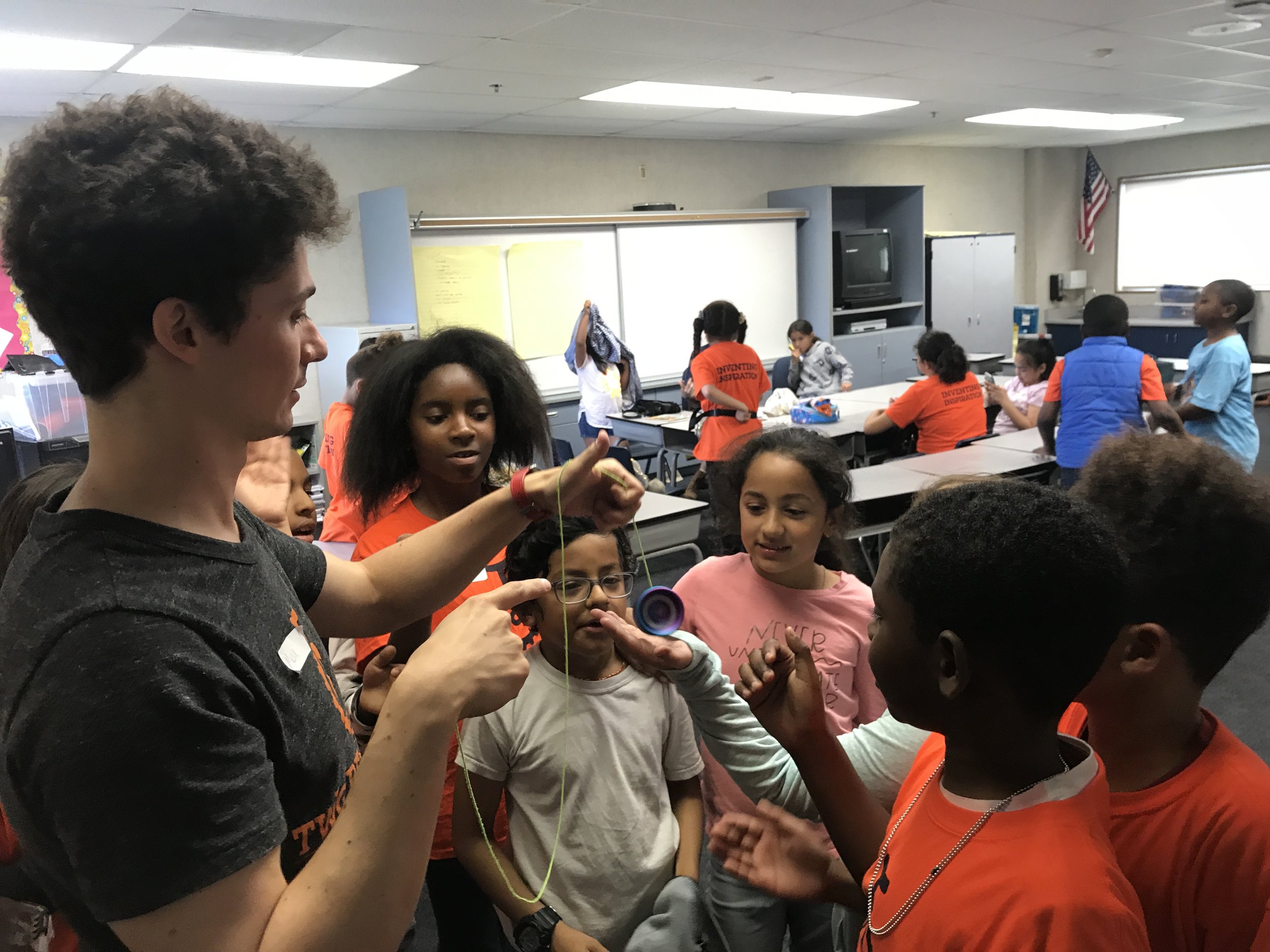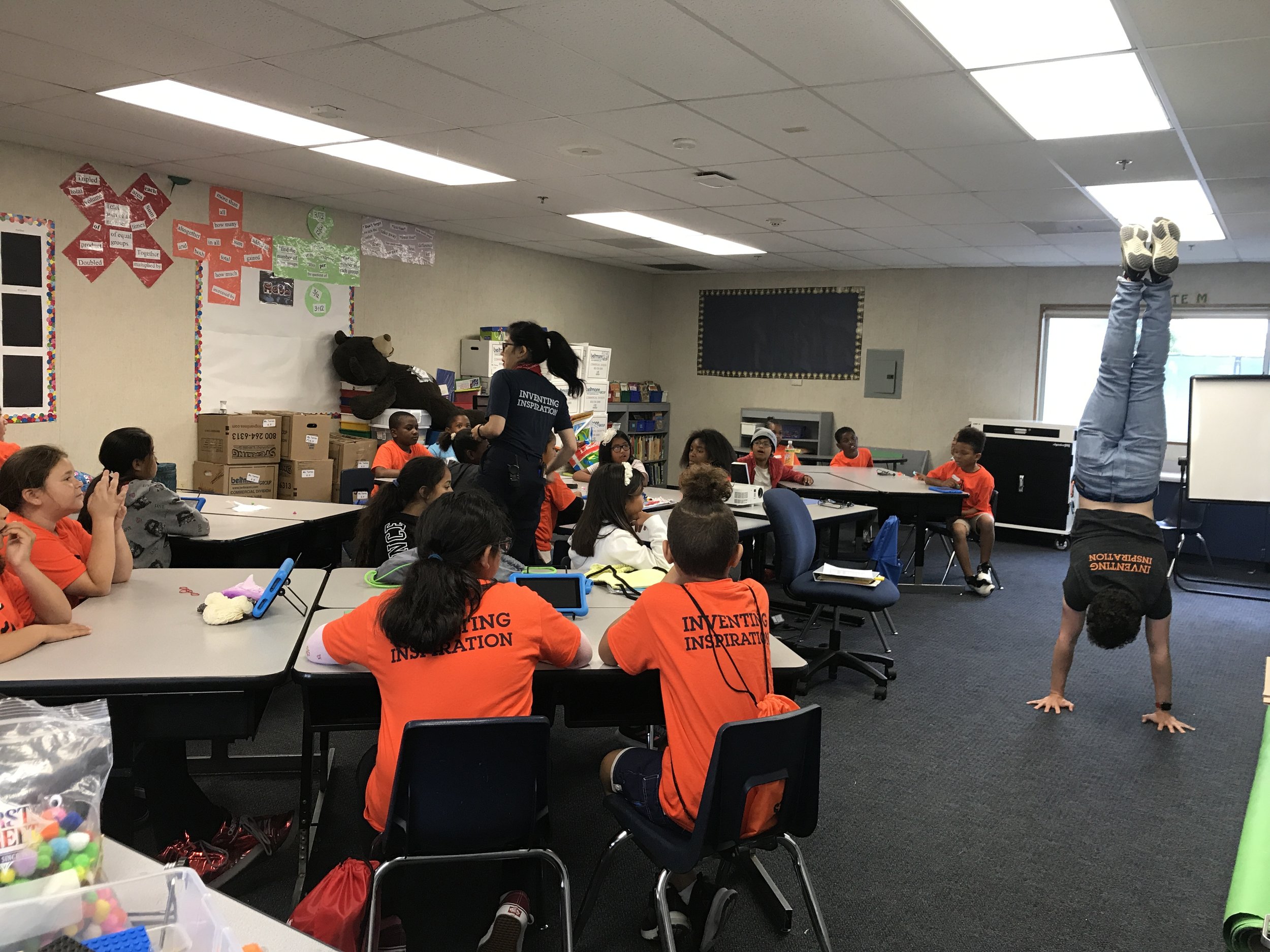Camp started in Hawthorne, and we were responsible for helping out with the first week of programming. Specifically, I helped teach a stop motion animation class and 3D print pens class.
Having mentored and run an afterschool school science fair program for low-income/high-need students in college, I was familiar with working with at-risk youth. A constant thread throughout my career has been working to promote STEAM education in this demographic. It’s something that I constantly think about in the projects that I decide to take on.
However, in my previous role at NOVA, I didn’t get many opportunities to directly engage with my audience. Working at summer camp was a great reminder of how many design parameters are involved when creating experiences for this demographic.
At camp, we had a ratio of 1:10, one facilitator to ten students, and even that felt chaotic. In a normal classroom, one teacher is typically managing 25-30+ students. So when designing experiences for the classroom, you have to consider the facilitator’s involvement. The best case scenario is that the experience does not require a facilitator, so that the teacher can spend their time providing one-on-one help to students and putting out the inevitable constant fires (aka projectile vomiting, bleeding, and fist fights).
Getting students’ attention is tough. Especially, when they don’t know you, they won’t listen. My co-facilitator Max bribed students to pay attention and behave by using his body. And by that I mean demoing yo-yo tricks and handstands. It actually worked like a charm. By the end of camp, Max was running his own gymnastics camp during recess.
An activity must be fun and challenging enough for students to be engaged. Older students need wider parameters for activities so that they can self-express, while younger students need a lot more hand-holding. Students are hypersensitive to what is age-appropriate to them.
But if the activity is too hard, students will tune out. For the 3D print pens curriculum, students were challenged to build the tallest tower possible using the 3D print pens. The younger students really struggled with this and were discouraged easily. For the younger students it made more sense to provide them with templates and to let them have free play. While the older students could be incentivized to do more difficult engineering challenges with prizes.
I also had forgotten how hypersensitive students are to social constructs. Especially the middle schoolers; it’s not “cool” to be smart and it’s not “cool” to work hard. No matter what YOU say or do, it’s not cool (even if they really think its cool, they’ll never tell you). Middle schoolers are a tough audience, and having to work around that is difficult as well.

